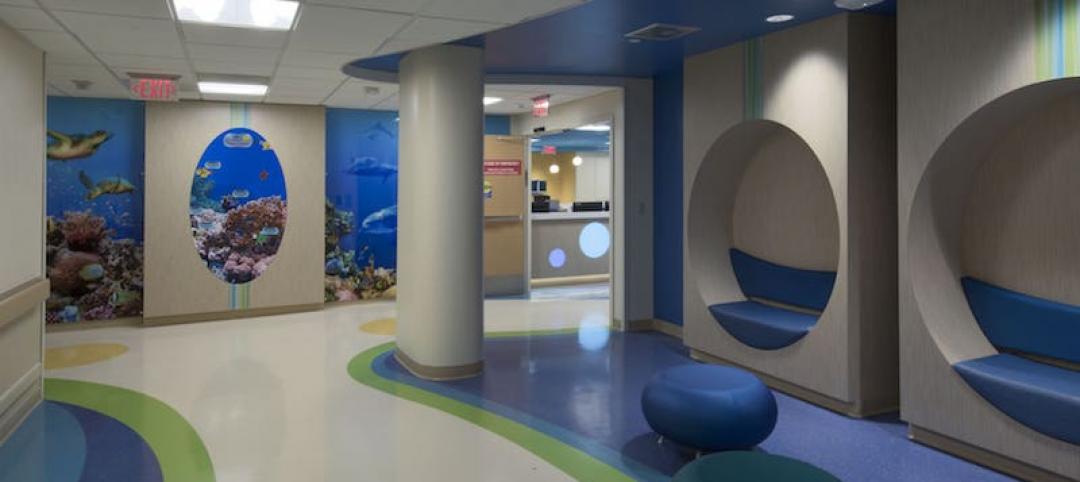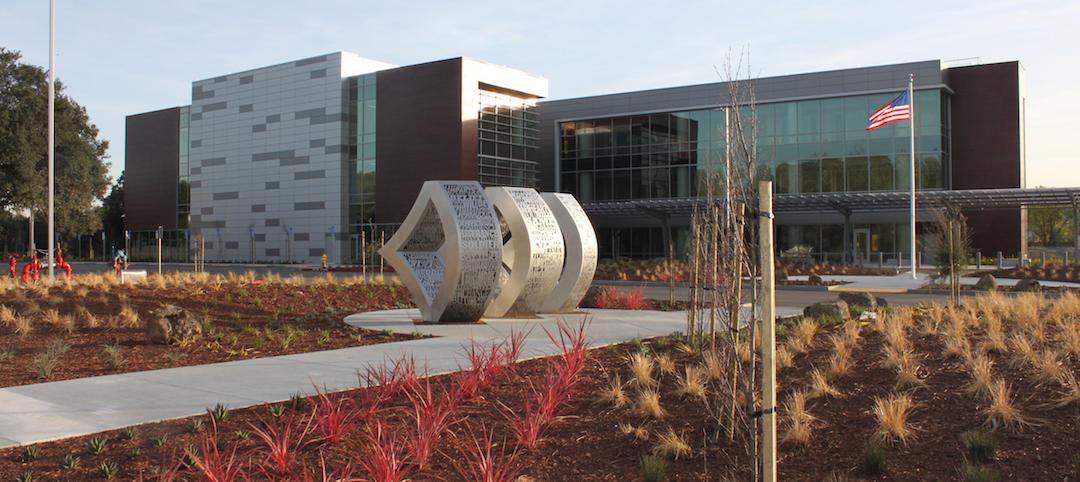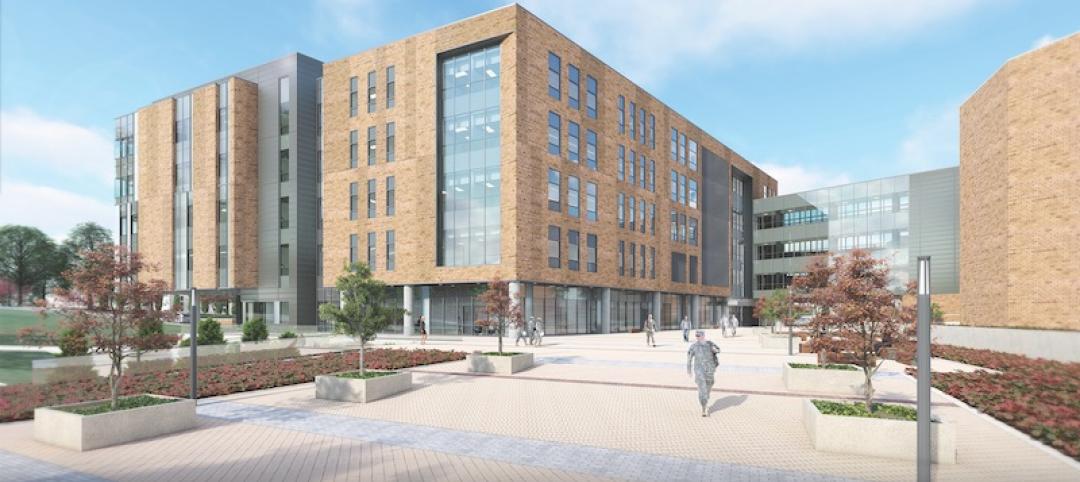When evidence-based design collides with conventional wisdom, the outcome will sometimes be disruptive.
Take, for example, the generally accepted advantages in patient care and observation related to decentralizing nurses’ stations in hospitals, which is becoming standard practice for healthcare clients and their AEC partners.
A recent evaluation of a renovated Missouri hospital, conducted by University of Kansas faculty members, raised questions about the impact of decentralization on patient satisfaction and the communication among nursing teams within the facility.
The St. Louis-based architectural firm Lawrence Group retained the Institute for Health + Wellness Design (IHWD) at KU’s School of Architecture, Design, and Planning to provide a third-party review of the firm’s 2014 remodeling of the orthopedic unit at SSM St. Mary’s Hospital in Jefferson City. That healthcare system was about to embark on an expansion of its St. Joseph Hospital West in Lake St. Louis.
Lawrence Group is an affiliate member of IHWD.
The Institute assessed the unit using an evidence-based design checklist developed by the nonprofit Center for Health Design in California. Its survey included a “space syntax” evaluation that generated a heat map, which showed how the unit’s layout might affect patient satisfaction.
“We wanted to see does moving into a new facility improve patient satisfaction scores, which is one of the most important things for hospital owners today,” said Hui Cai, Assistant Professor at KU, who with Professor Kent Spreckelmeyer and Frank Zilm, IHWD’s chairman, presented findings from the Institute’s nursing unit study at the Healthcare Design Conference 2016 in Houston last November.
The study found, perhaps not surprisingly, that the facility itself showed “statistically significant increase[s]” in scores after the renovation. But patient-quality scores mostly stayed the same, and one score—nurses’ responses to patient calls—actually dropped slightly.
The Institute hypothesizes that decentralization was the culprit, due to the physical distance and visual disconnection of decentralized nursing unit design, which necessitates that nurses must move farther to get from station to station. The Institute suggests these distances might be an impediment to interaction among nurses that might also delay responses to patients.
“This design trend needs to be further investigated before it is accepted as standard for every hospital,” said Cai. “We have to see how to modify the design to achieve balance between shorter walking distance, better patient surveillance and better staff communication and collaboration.”
This is one of the first research studies to link decentralized nurse station design with organizational performance and patient outcomes. The Institute has conducted a second phase of study to evaluate further the degree to which decentralized design affects nurses’ teamwork and patients’ perception of care. In late 2017, IHWD plans to present and publish the results of this study, which included a second hospital, the University Medical Center of Princeton at Plainsboro, N.J.
Related Stories
Healthcare Facilities | Dec 12, 2018
Almost Home Kids opens third residence in Illinois for children with health complexities
Its newest location is positioned as a prototype for national growth.
Healthcare Facilities | Dec 7, 2018
Planning and constructing a hybrid operating room: Lessons learned
A Hybrid operating room (OR) is an OR that is outfitted with advanced imaging equipment that allows surgeons, radiologists, and other providers to use real-time images for guidance and assessment while performing complex surgeries.
Healthcare Facilities | Nov 30, 2018
As telehealth reshapes patient care, space and design needs become clearer
Guidelines emphasize maintaining human interaction.
Healthcare Facilities | Nov 28, 2018
$27.5 million renovation of Salah Foundation Children’s Hospital completes in Fort Lauderdale
Skanska USA built the project.
Healthcare Facilities | Nov 7, 2018
Designing environments for memory care residents
How can architecture decrease frustration, increase the feeling of self-worth, and increase the ability to re-connect?
Healthcare Facilities | Oct 30, 2018
Orthopedic Associates of Hartford unveils plans for 45,000-sf surgical center
MBH ARCHITECTURE is the architect for the project.
Healthcare Facilities | Oct 29, 2018
Outpatient clinics bring the VA closer to injured veterans
The Department of Veterans Affairs is making efforts to improve its construction management and align its design guidelines to industry standards.
Healthcare Facilities | Oct 22, 2018
WSP-HKS JV signs deal for U.S. Navy construction work
The contract is not exclusive to the two firms, but it lets NAVFAC assign certain projects to them.
Healthcare Facilities | Oct 12, 2018
N.Y. builder pushes to get military trauma centers up and running quicker
To date, seven NICoE Spirit satellite centers have been built on the grounds of Fort Belvoir in Virginia, Camp Lejeune and Fort Bragg in North Carolina, Fort Campbell in Kentucky, Fort Hood in Texas, Joint Base Lewis-McChord in Washington, and Camp Pendleton in California.
Healthcare Facilities | Sep 7, 2018
Medical office construction isn’t keeping pace with the aging of America
A new Transwestern report suggests a “rethinking” of healthcare delivery approaches that lean heavier on technology.

















